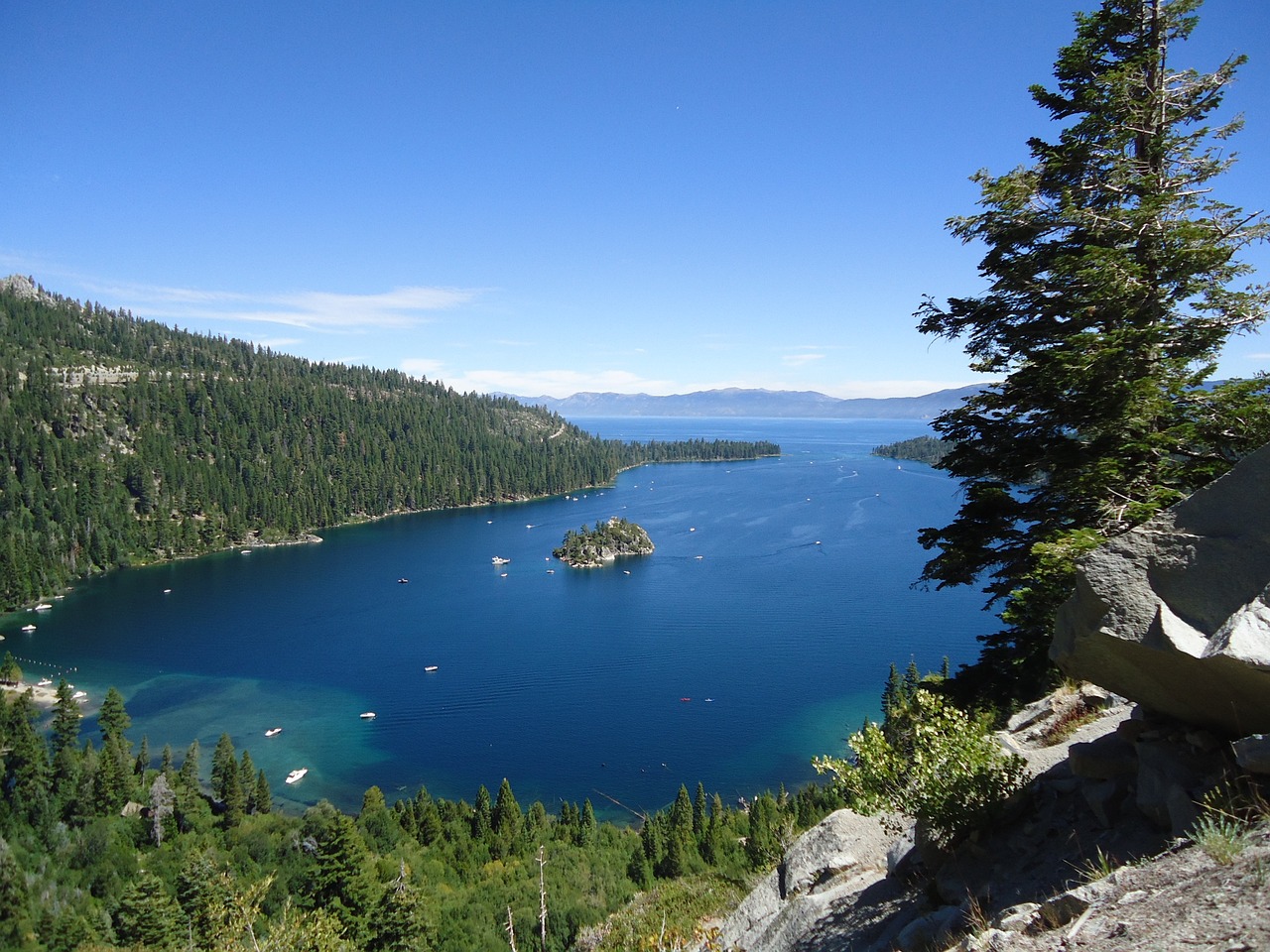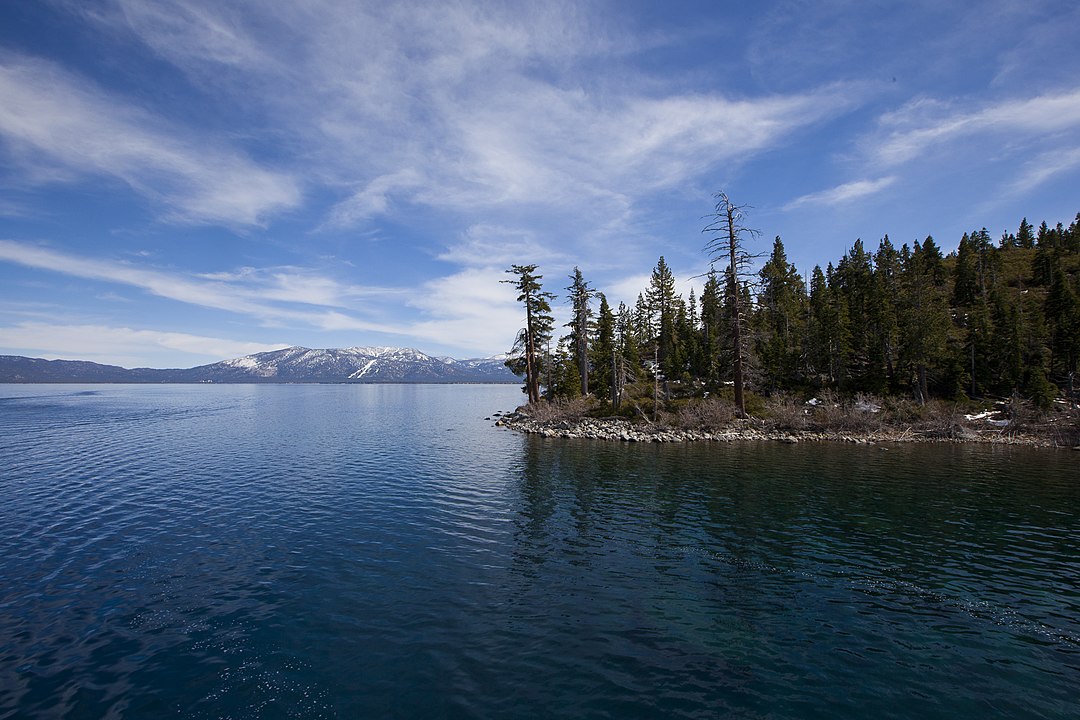Quick Bits:
Discover the gem of the Sierra Nevada—a place where crystal-clear waters meet majestic mountain peaks. Lake Tahoe offers a blend of stunning natural beauty, year-round activities, and a sense of tranquility that draws visitors from around the world.
Key Highlights
- Largest alpine lake in North America
-
Borders California and Nevada
-
Year-round outdoor activities including skiing, hiking, and water sports
-
Famous for its clear, blue waters and breathtaking mountain scenery
-
Popular attractions include Emerald Bay, Heavenly Mountain Resort, and Sand Harbor
General Information
Lake Tahoe is a massive freshwater lake nestled in the Sierra Nevada mountain range, straddling the border between California and Nevada. It is renowned for its shimmering blue waters, which are among the clearest in the world. Spanning 22 miles in length and 12 miles in width, Lake Tahoe has a surface area of over 190 square miles, making it the largest alpine lake in North America and the second-deepest lake in the United States after Crater Lake.
The area around Lake Tahoe is a favorite destination for outdoor enthusiasts. It offers a variety of activities, from hiking and camping in the summer to skiing and snowboarding during winter. The region’s cultural charm, marked by both serene landscapes and lively towns, creates an ideal getaway for adventurers and relaxation seekers alike.
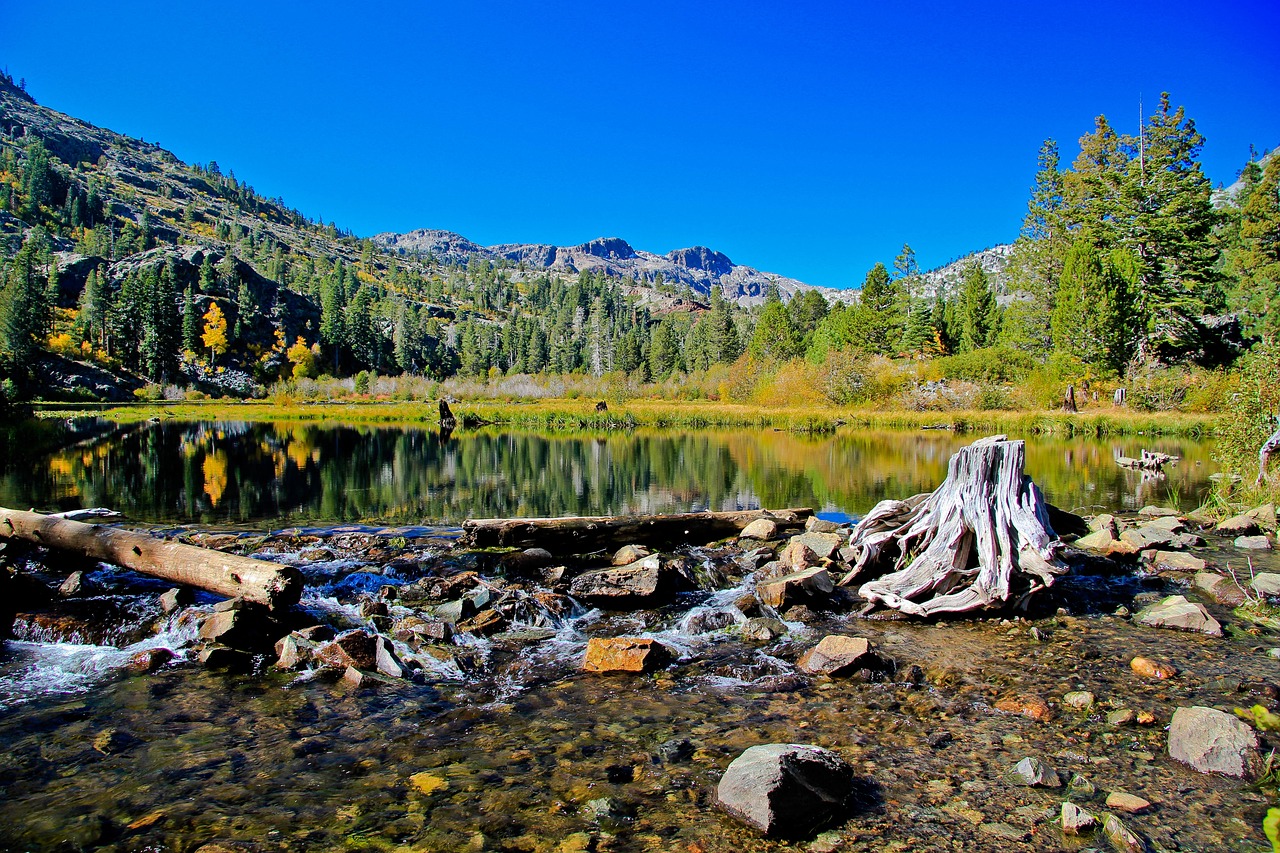
Geography Information
Lake Tahoe is set high in the Sierra Nevada mountains, sitting at an elevation of about 6,225 feet above sea level. The lake is bordered by El Dorado and Placer counties in California to the west, and by Douglas and Washoe counties in Nevada to the east. The total circumference of Lake Tahoe is roughly 72 miles, providing endless scenic drives and panoramic views.
The lake’s basin was formed by geological faulting, volcanic activity, and glaciation, creating a spectacular setting surrounded by mountain peaks that reach heights of over 10,000 feet. This geographic positioning provides Lake Tahoe with its year-round mix of cool, crisp air and picturesque alpine scenery. The lake is fed by 63 streams and has a single natural outlet, the Truckee River, which flows northeast into Pyramid Lake in Nevada.
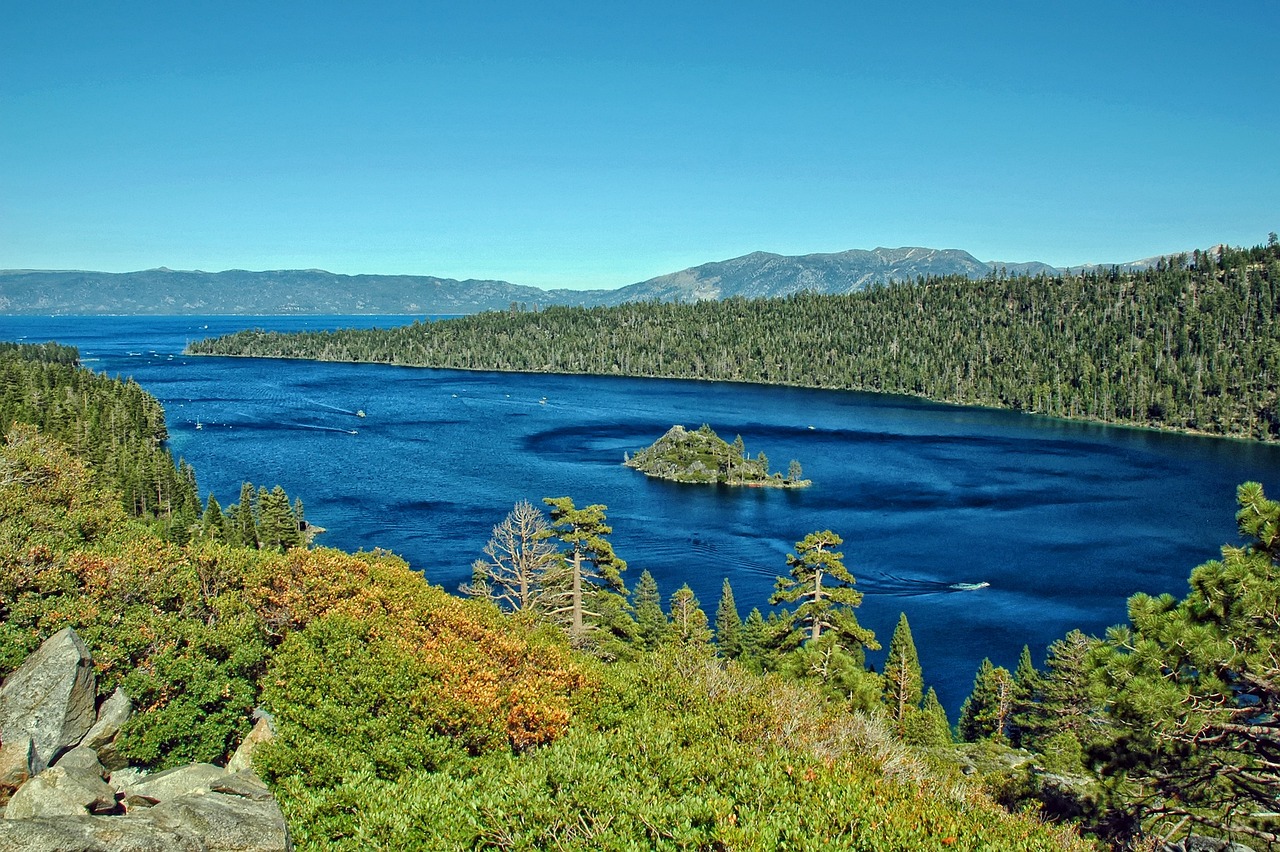
Places to Visit
Lake Tahoe offers an array of breathtaking spots that cater to every kind of traveler. Here are some must-visit places in the area:
1. Emerald Bay State Park
Located on the southwest shore, Emerald Bay is one of the most photographed locations in Lake Tahoe. The bay is framed by steep granite cliffs and features Fannette Island, the only island in Lake Tahoe. The Vikingsholm Castle, a stunning Scandinavian-style mansion, is also a highlight here.
2. Heavenly Mountain Resort
Heavenly is a popular ski and snowboard resort located on the southeastern shore. It offers some of the best skiing and panoramic views of the lake, making it a fantastic spot for winter sports enthusiasts.
3. Sand Harbor
On the Nevada side of Lake Tahoe, Sand Harbor provides access to pristine sandy beaches, crystal-clear waters, and picnic areas. It is an ideal spot for swimming, kayaking, and paddleboarding, especially in the summer months
4. Truckee River
Flowing out of Lake Tahoe’s northwest shore, the Truckee River offers great spots for fly fishing and rafting. The river’s path is lined with parks, trails, and opportunities to see native wildlife.
5. Tahoe Rim Trail
The Tahoe Rim Trail circles the entire lake, offering panoramic views of the water and surrounding mountains. Whether you are hiking or mountain biking, the trail provides an immersive way to experience Tahoe’s natural beauty.
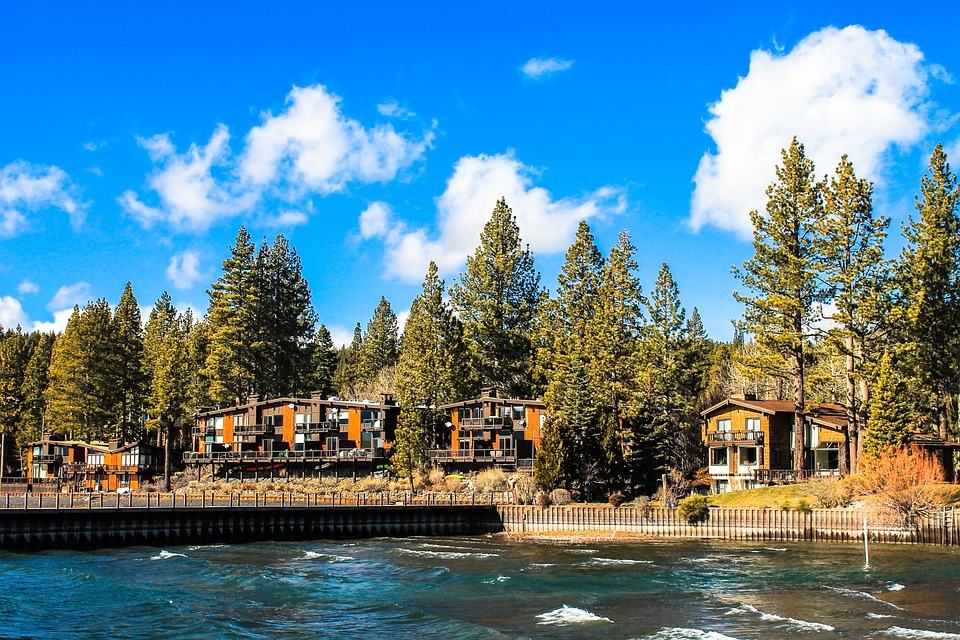
Yearly Climate
The climate around Lake Tahoe varies depending on the season, offering a diverse experience throughout the year:
-
Winter (December to March): Winters at Lake Tahoe are cold, with temperatures averaging between 20°F and 40°F. The surrounding mountains receive heavy snowfall, making this a prime destination for skiing, snowboarding, and other winter sports.
-
Spring (April to June): Spring is a time of transformation, as the snow melts and reveals blooming wildflowers and lush landscapes. Daytime temperatures range from 40°F to 65°F. Hiking trails gradually become accessible as the snow recedes.
-
Summer (July to September): Summers are warm, with temperatures between 50°F and 80°F. The lake is most inviting during this time for swimming, boating, and other water activities. The high-altitude sun can be intense, so sunscreen and hydration are essential.
-
Autumn (October to November): Fall in Lake Tahoe brings a palette of stunning colors as the trees turn shades of yellow, orange, and red. Temperatures drop from 70°F in early fall to the 40s by November. Autumn is an excellent time for photography, hiking, and enjoying a quieter side of Tahoe before winter arrives.
Best Time of Year to Visit
The best time to visit Lake Tahoe largely depends on your preferred activities. If winter sports are your passion, the ideal time is between December and March when the mountains are blanketed in fresh snow, offering top-tier skiing and snowboarding. For those who enjoy hiking, camping, or water sports, summer from July to September provides optimal conditions with warm weather and long sunny days.
Autumn is a fantastic season for anyone seeking solitude while enjoying fall colors and milder temperatures. Spring, while beautiful, can be less predictable due to varying snowmelt conditions, but it is an excellent time to witness nature’s rebirth and enjoy the uncrowded trails.
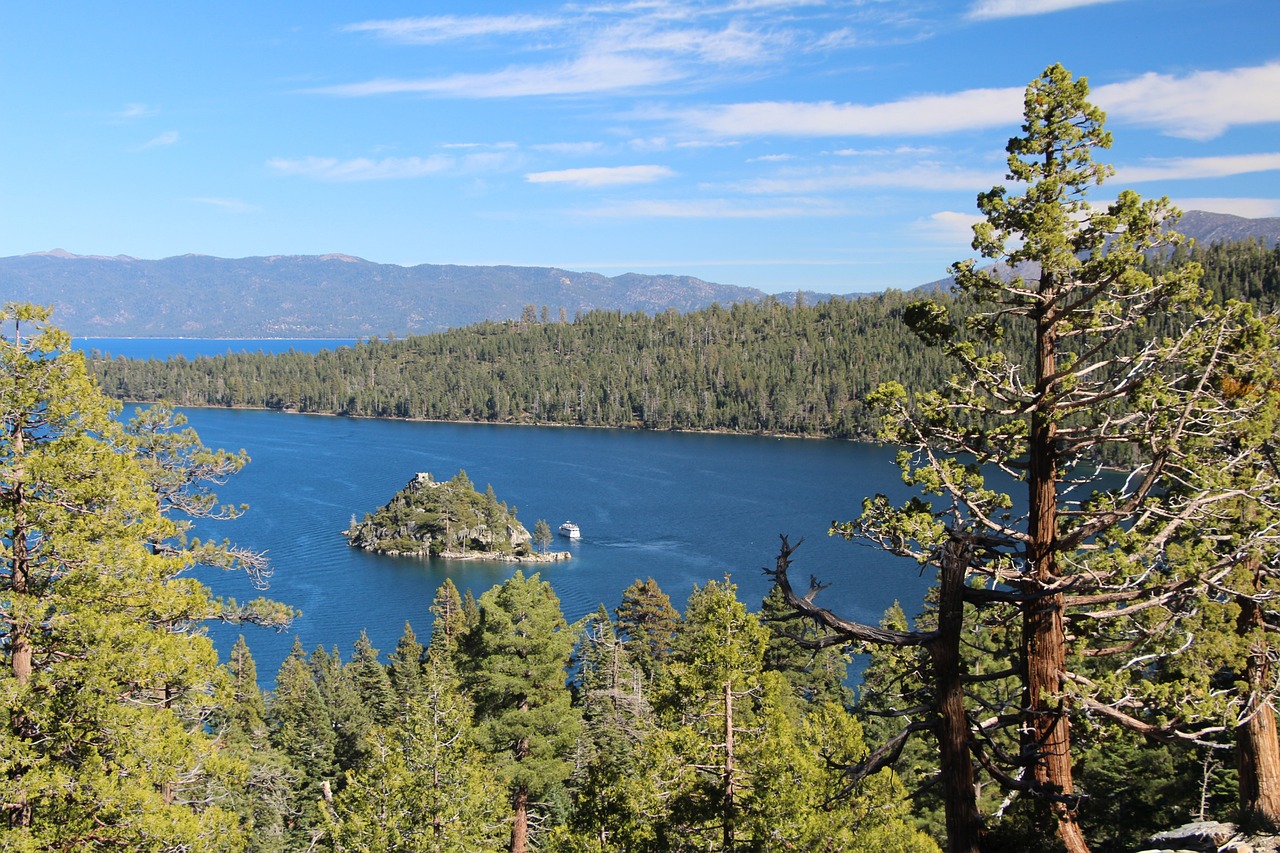
In Summary…
Lake Tahoe stands as a spectacular destination where nature’s beauty, adventure, and peace blend seamlessly. With its stunning geography, crystal-clear waters, and a wide variety of outdoor activities, Lake Tahoe caters to every traveler’s heart. Whether it’s exploring Emerald Bay, skiing down Heavenly’s slopes, or simply enjoying a sunny day at Sand Harbor, the magic of Lake Tahoe leaves a lasting impression.

